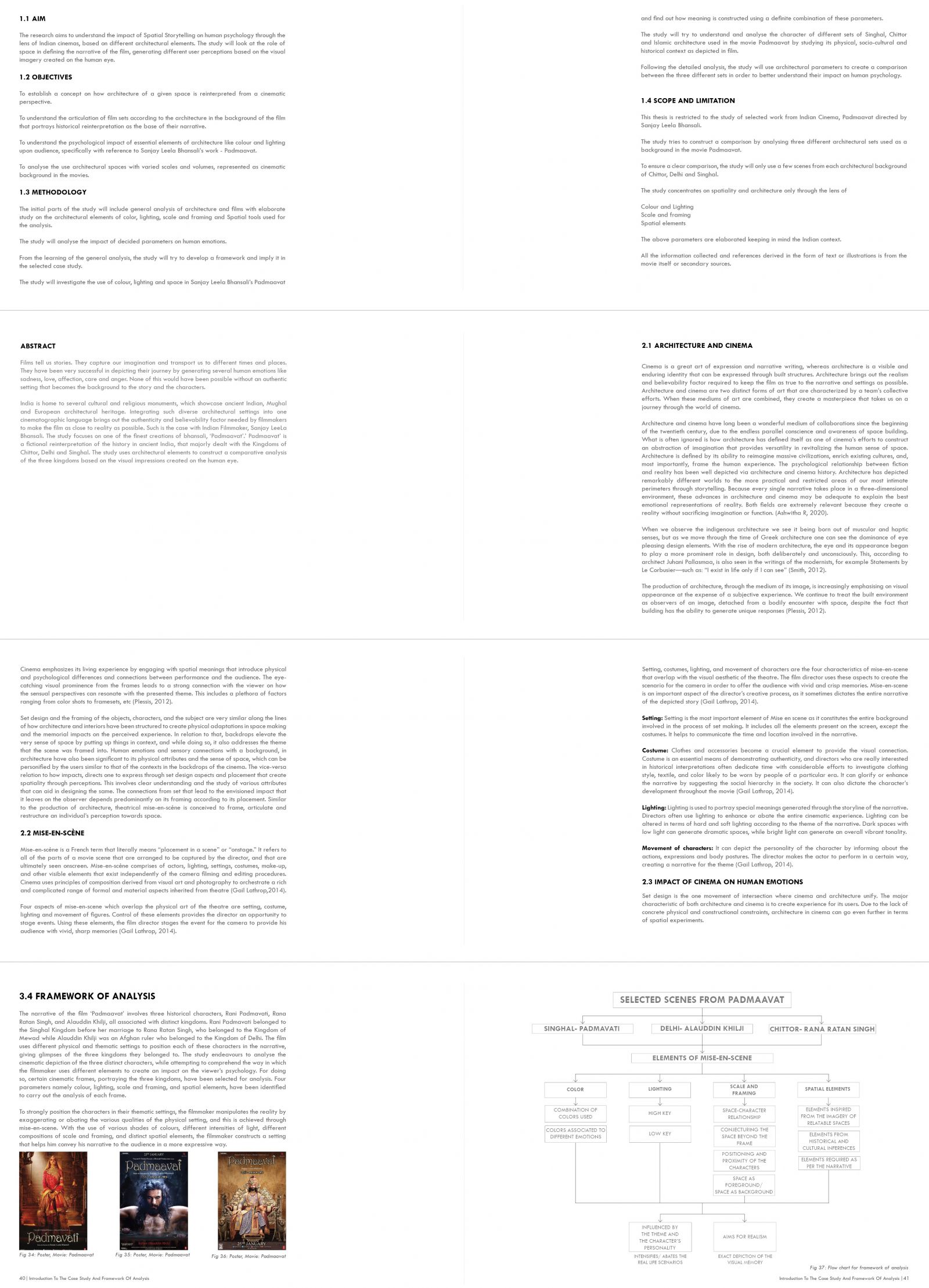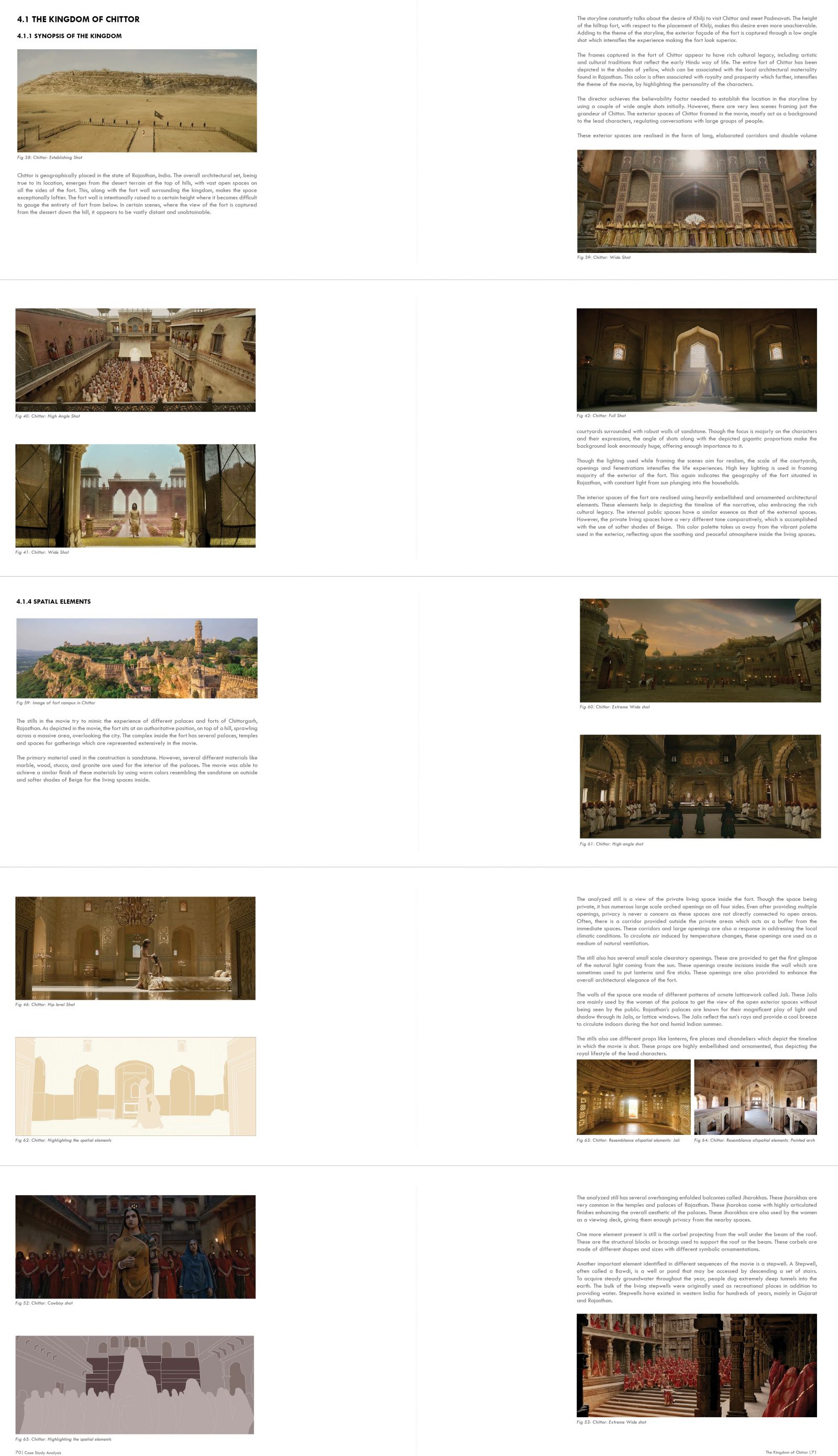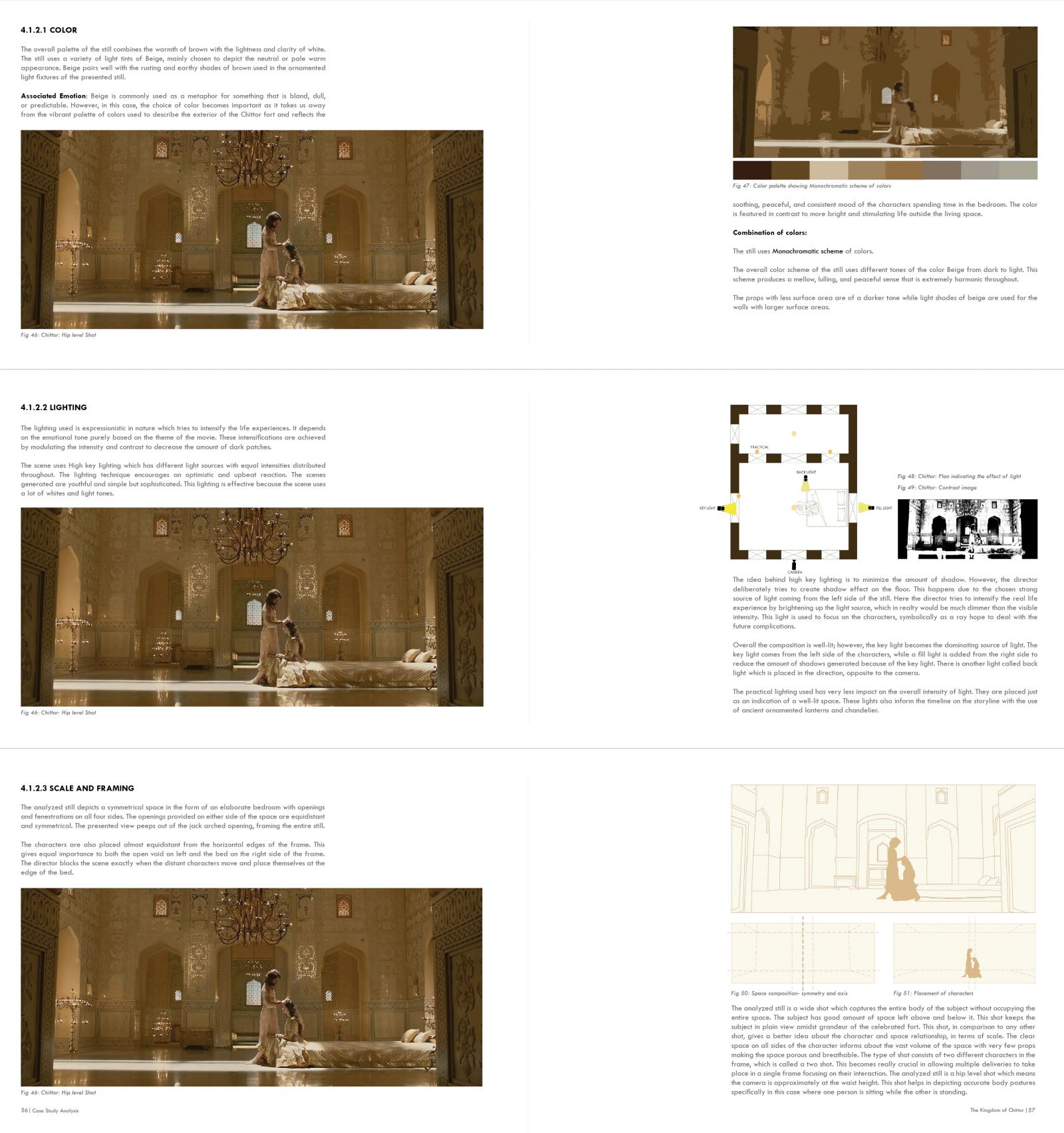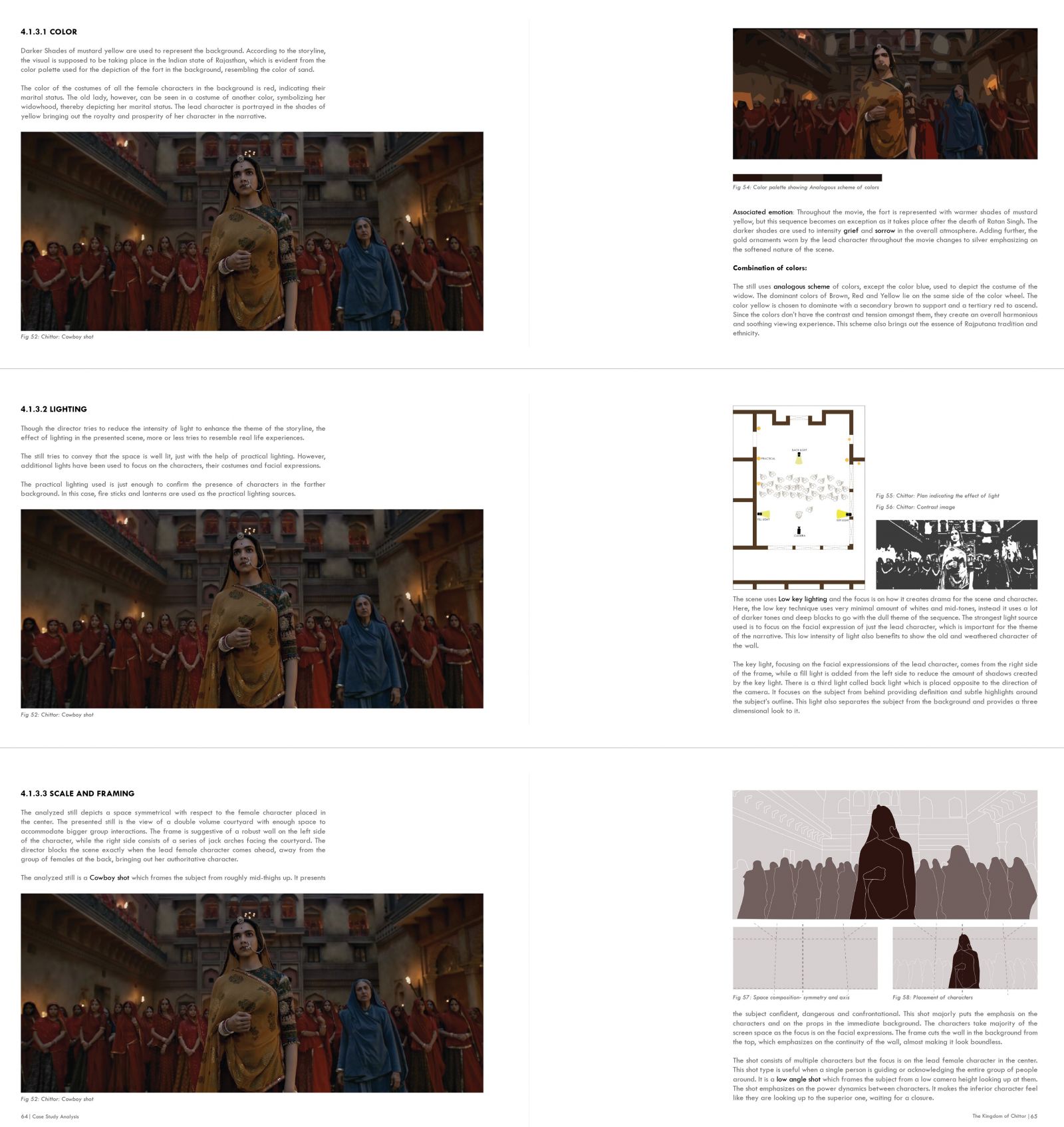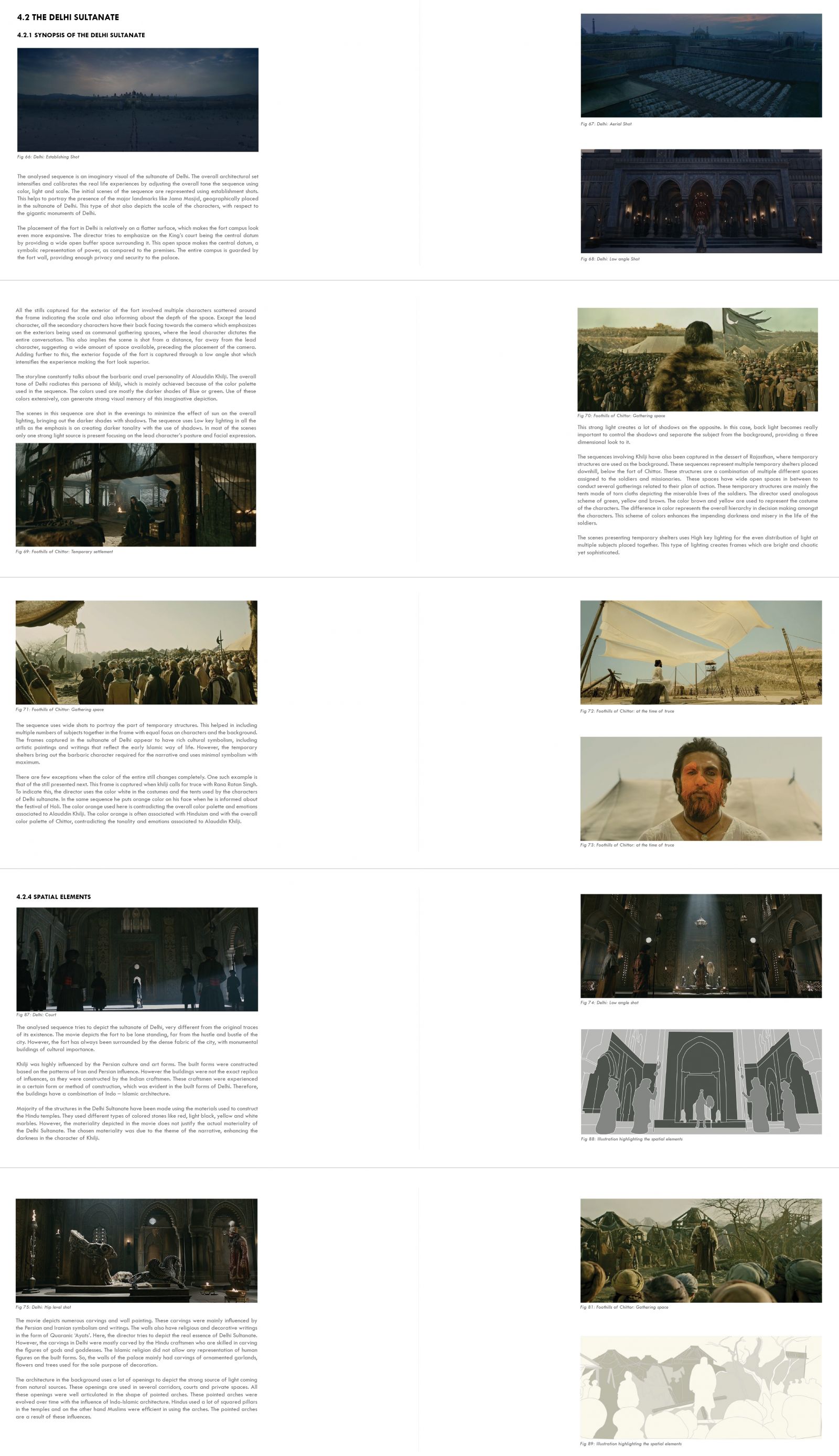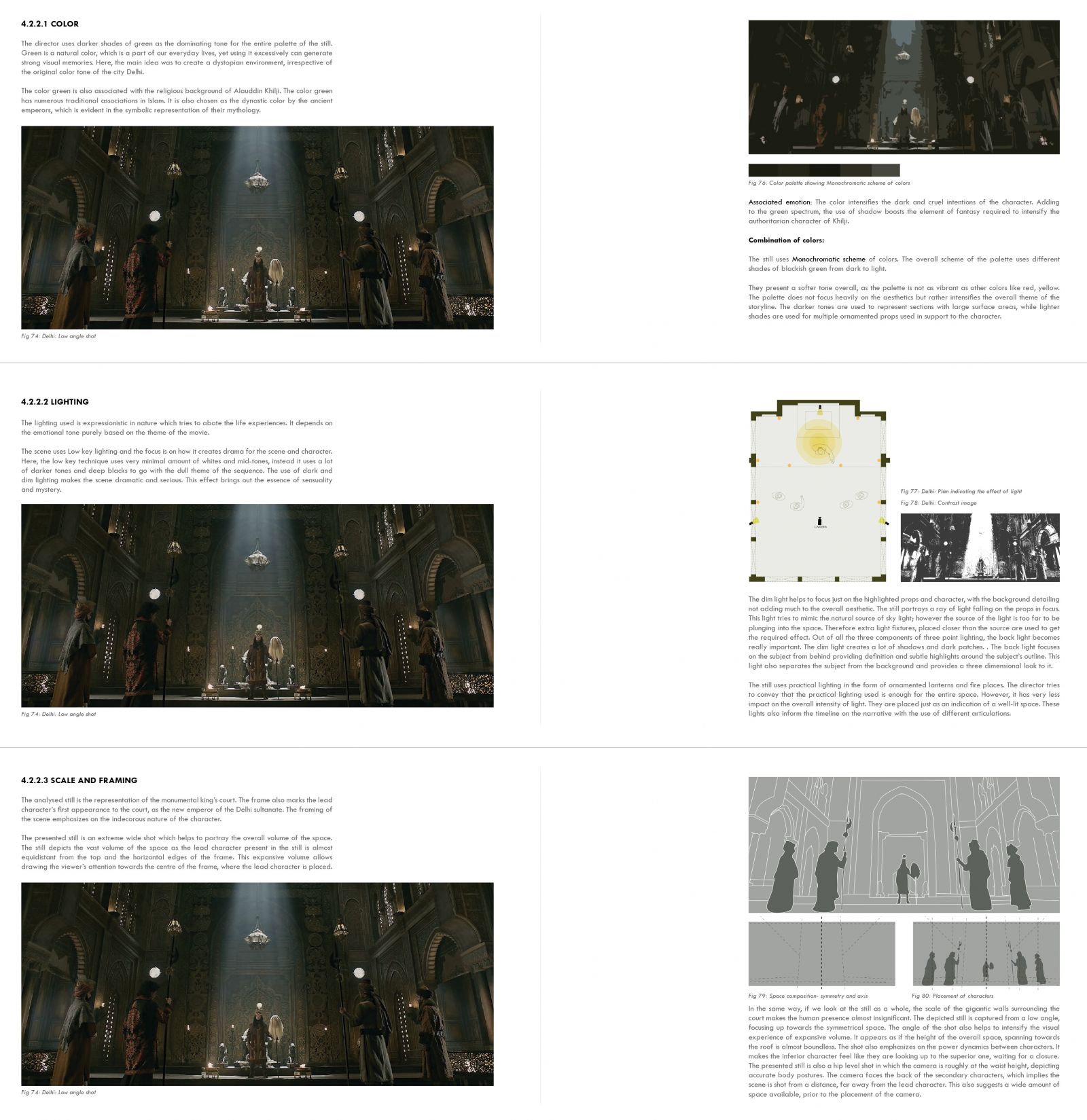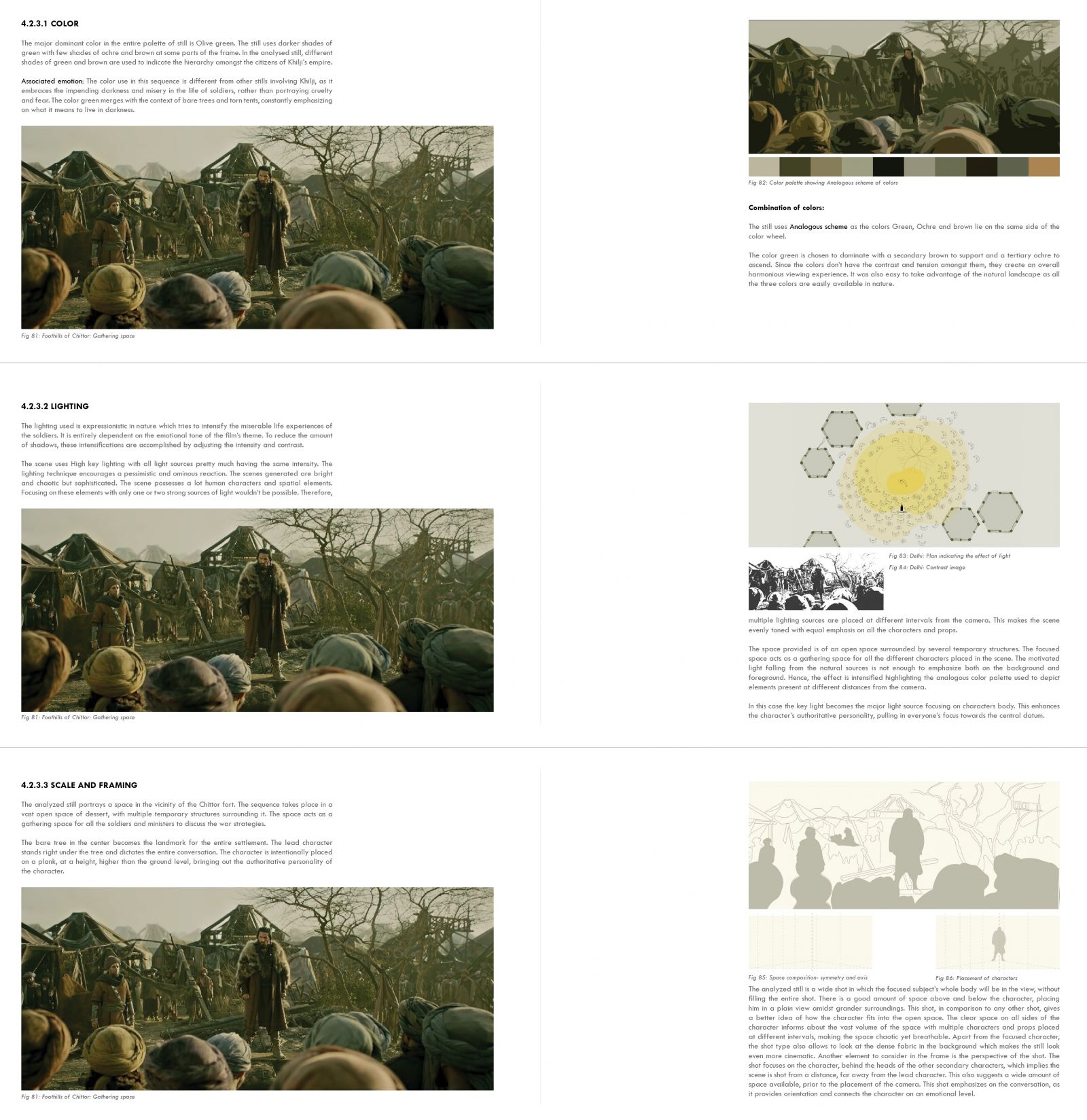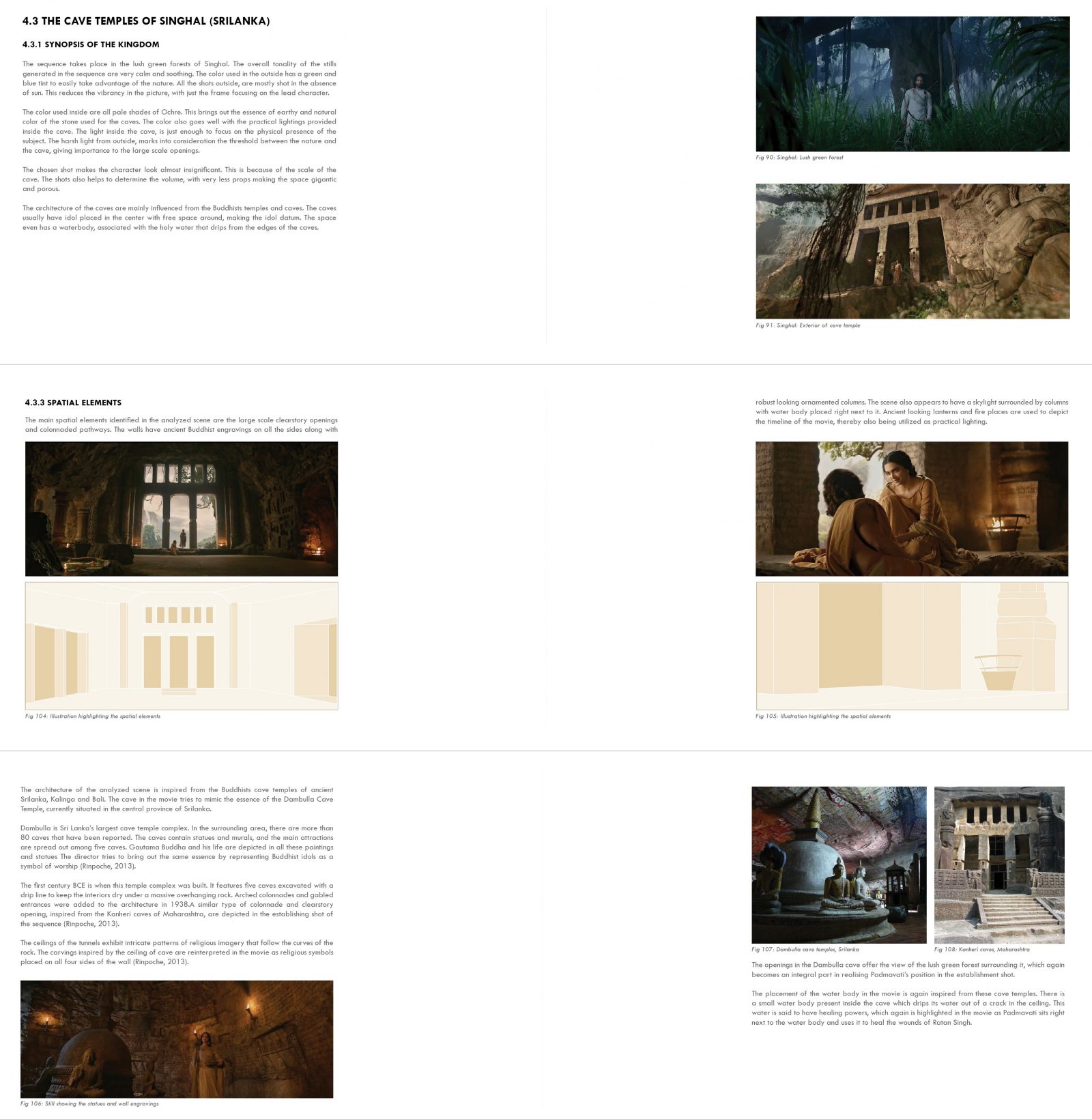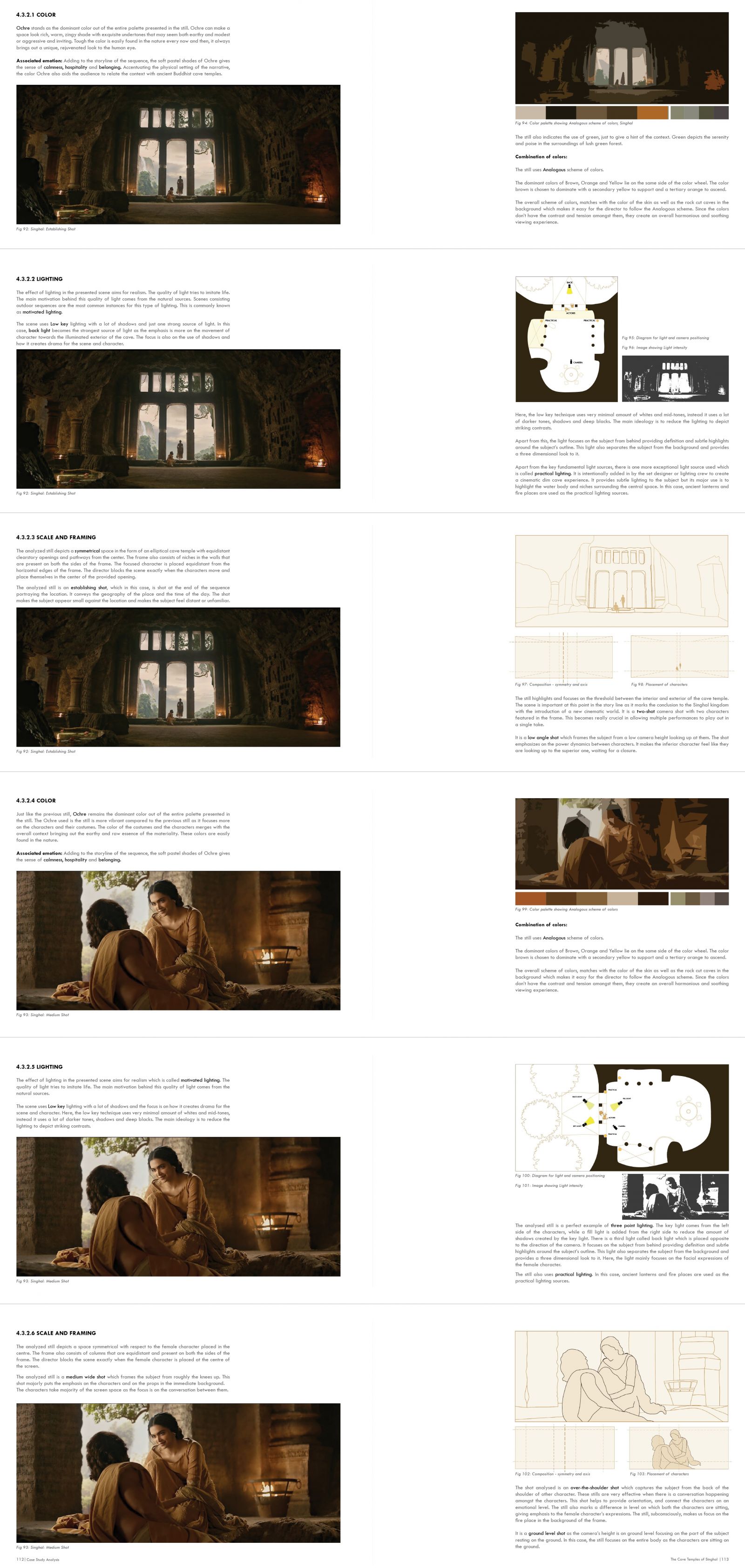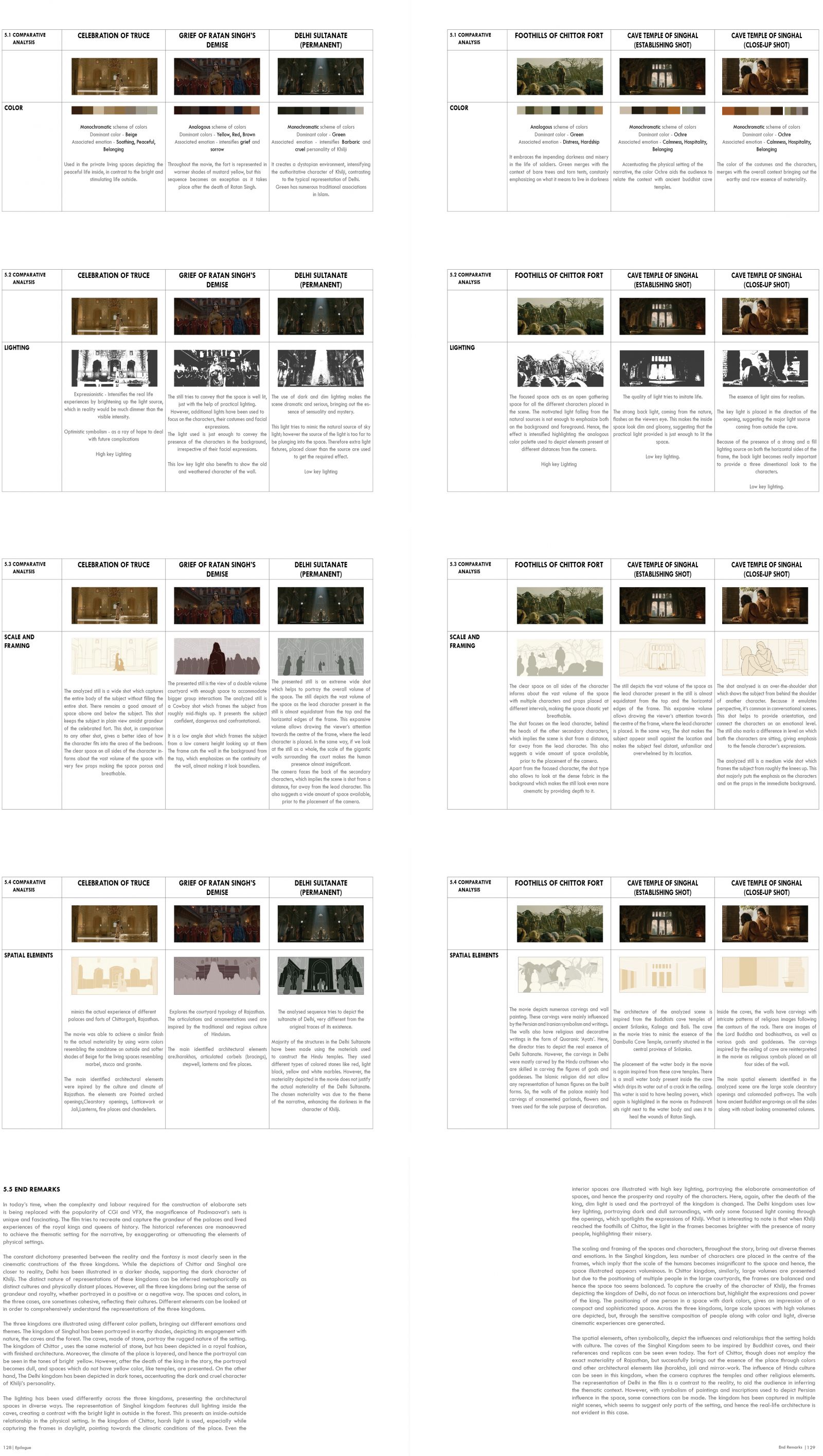Your browser is out-of-date!
For a richer surfing experience on our website, please update your browser. Update my browser now!
For a richer surfing experience on our website, please update your browser. Update my browser now!
Films tell us stories. They capture our imagination and transport us to different times and places. They have been very successful in depicting their journey by generating several human emotions like sadness, love, affection, care and anger. None of this would have been possible without an authentic setting that becomes the background to the story and the characters.
India is home to several cultural and religious monuments, which showcase ancient Indian, Mughal and European architectural heritage. Integrating such diverse architectural settings into one cinematographic language brings out the authenticity and believability factor needed by filmmakers to make the film as close to reality as possible. Such is the case with Indian Filmmaker, Sanjay LeeLa Bhansali. The study focuses on one of the finest creations of bhansali, ‘Padmaavat’.’ Padmaavat’ is a fictional reinterpretation of the history in ancient India, that majorly dealt with the Kingdoms of Chittor, Delhi and Singhal. The study uses architectural elements to construct a comparative analysis of the three kingdoms based on the visual impressions created on the human eye.
